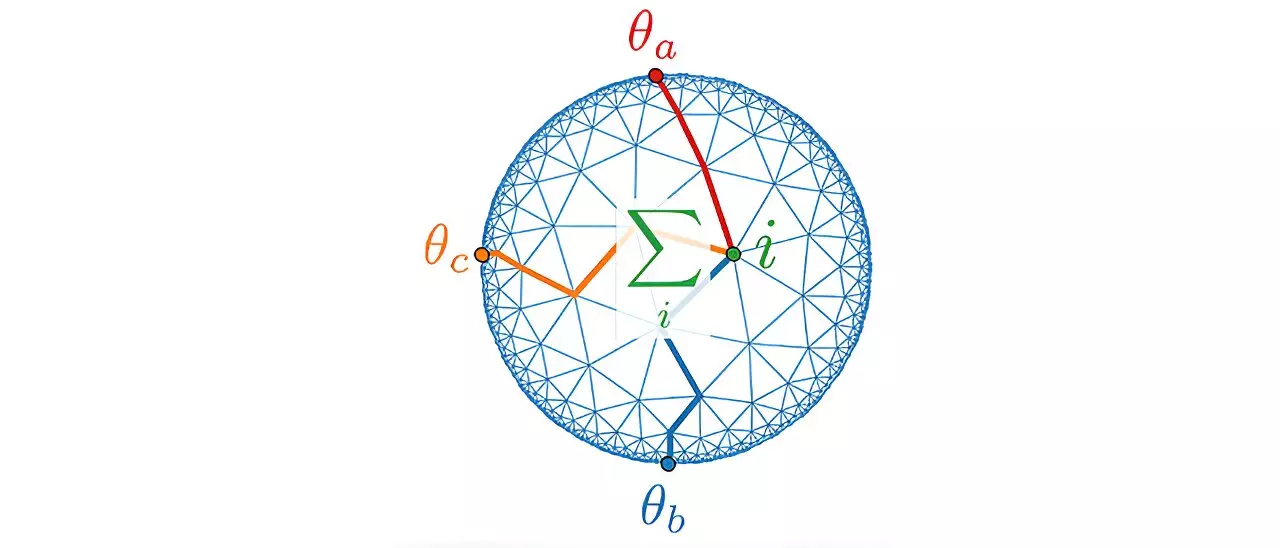The enduring enigma of gravity has sparked centuries of inquiry among physicists, leading to a robust understanding of its behavior on macroscopic scales. We can now precisely calculate the orbits of celestial bodies, predict ocean tides, and navigate rockets through space. Yet, the intricate fabric of gravity frays at the smallest scales, the realm where quantum mechanics reigns. In this realm, existing gravitational theories stumble, prompting theoretical physicists like Professor Johanna Erdmenger from the University of Würzburg to pursue new frameworks that reconcile gravity with quantum mechanics. Achieving this synthesis is critical to grasping phenomena such as the Big Bang and the enigmatic interiors of black holes—places where classical laws are no longer sufficient.
Understanding the AdS/CFT Correspondence
A cornerstone of contemporary attempts to unify gravitation and quantum physics is the Anti-de-Sitter/Conformal Field Theory (AdS/CFT) correspondence. This sophisticated theoretical framework posits that complex gravitational phenomena in a high-dimensional warped space can be represented by manageable quantum theories situated on the boundary of that space. The term “Anti-de-Sitter” signifies a peculiar curvature of spacetime resembling a hyperbolic structure, while “conformal field theory” refers to quantum systems whose behaviors are uniform across various spatial distances.
Professor Erdmenger elucidates this complex relationship, likening it to understanding challenging gravitational processes via simpler math models. To visualize, one might think of a funnel: the dynamics occurring at its edge reflect and correspond to the more complicated motions occurring within. This correspondence serves as a bridge, much like the way a hologram conveys a three-dimensional image from a two-dimensional surface.
Recently, Professor Erdmenger and her team embarked on an innovative venture to empirically validate the predictions arising from this groundbreaking theory. They crafted an experimental setup utilizing a branched electrical circuit designed to mimic the effects of curved spacetime. In this circuit, the electrical signals at various branch points serve as proxies for gravitational dynamics at corresponding spacetime locations. Their findings—published in the distinguished journal Physical Review Letters—indicate a remarkable alignment of dynamics at the boundaries of this simulated spacetime with those occurring within. This outcome represents a significant step in confirming a key tenet of the AdS/CFT correspondence.
As the Wurtzburg researchers advance their project, they plan to realize the experimental setup in practice. The implications of this work extend beyond theoretical physics; it holds the potential for groundbreaking technological applications. Enhanced by quantum technology, their circuits may lead to more efficient transmission of electrical signals. The simulated curvature of spacetime could play a critical role in stabilizing and even optimizing these signals, a step toward practical innovations that could revolutionize information technology.
The endeavor to bridge quantum mechanics and gravitation encapsulates one of the most alluring challenges in contemporary physics. As Professor Erdmenger and her colleagues progress with their research, we stand on the cusp of potentially transformative advancements—not only in our theoretical understanding of the universe but also in practical technologies that enhance our daily lives.
Imagine circuits that more efficiently communicate through the lens of quantum principles, vastly superior to current technology. This could usher in a new era of computational speed and reliability, fundamentally altering fields such as telecommunications and data processing. Moreover, unraveling the quantum intricacies of gravity may also inform our understanding of the very structure of reality, giving us insight into phenomena that are pivotal yet largely unexplored.
The quest to comprehend gravity at the quantum level represents an intellectual frontier fraught with both challenges and promise. As researchers like Professor Johanna Erdmenger seek innovative methods to verify complex theories, we may soon witness not just an evolution in theoretical physics, but also significant technological breakthroughs that enhance our capabilities and reshape our understanding of nature’s fundamental forces. While answers might still elude us, the journey itself is rich with potential discoveries, illustrating the intrinsic beauty of scientific exploration.


Leave a Reply